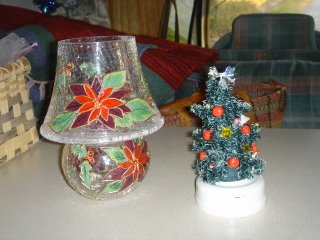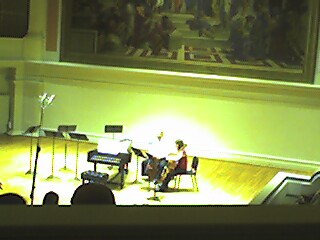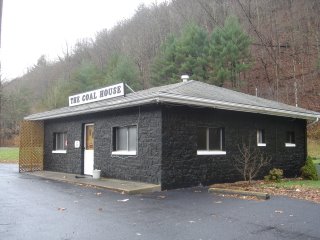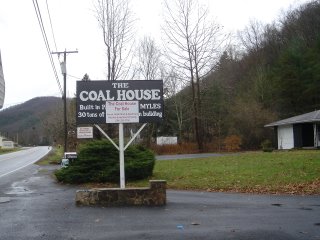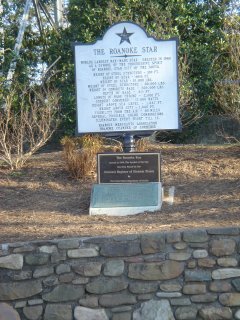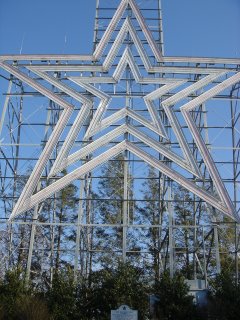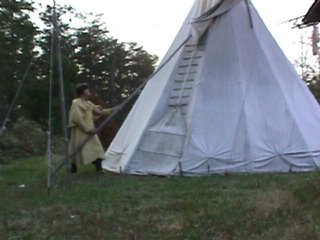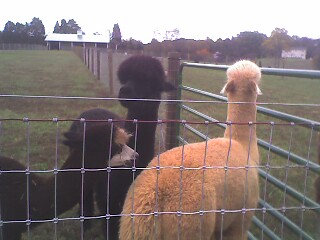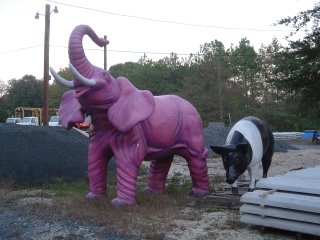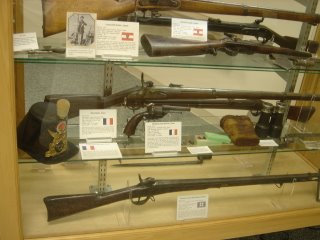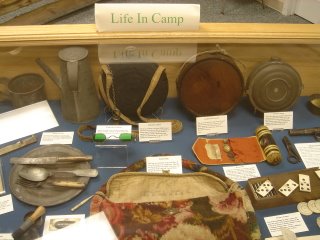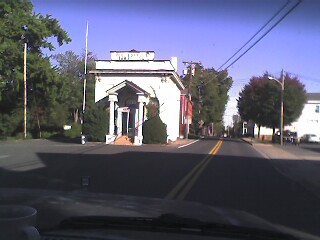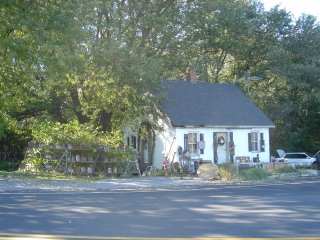Often when I ask people that question, about the town they live in, they assure me there's really nothing. You have to go to - in this case - Blacksburg. Or whatever other town where they feel the grass is greener. I was assured that if I went to Tech, there was hiking there.

I'll leave that for a Blacksburg assignment, though. Christiansburg has its own cool places to hike. The one I found last Thursday is the Huckleberry Trail. http://www.huckleberrytrail.org/

The Huckleberry is 5.76 miles of paved hiking and biking trail. It begins at the New River Valley Mall and wends its way to the Blacksburg Library.
Or vice versa - but that's the way I went.

I hiked out to the Coal Mining
Heritage Park and back, having neither the time nor energy to go all the way to Blacksburg and back.

Near the 4-mile marker, there's a really neat bridge over the creek, with places to sit.

It leads , actually, to a dump site.
 Complete with porta-john. Personally, I think there should be facilities frequently located on hiking trails. Like benches, but not so often.
Complete with porta-john. Personally, I think there should be facilities frequently located on hiking trails. Like benches, but not so often.If you read this blog regularly, you know I like to find water. Lakes, creeks, fountains... Here's some from along the Huckleberry.

The trail runs along what was once the Huckleberry Line. The tracks are gone, but the trail crosses another rail line. There's a resting place, and a fenced caged bridge over to prevent mishaps.

I was chatting with another walker, who told me he'd taken pictures of trains on that track - I said that'd be a good thing to get a picture of - and when we reached the bridge over the active tracks - there was a train.

Cars and cars and cars of coal - He said it was going to Japan.
As everywhere - some folks appreciate nature and beauty, and some don't. There was, unfortunately, the usual trash to be seen.

These trees were planted, the plaques tell us, in celebration of births of sons, daughters, grandbabies.


At a trailside park, I found this structure, channeling the creek's water...

I wonder what was originally there? By the way the land was, I suspect a stopping place for the old railroad.

I think every town has some neat places. It just takes a bit of looking around.




